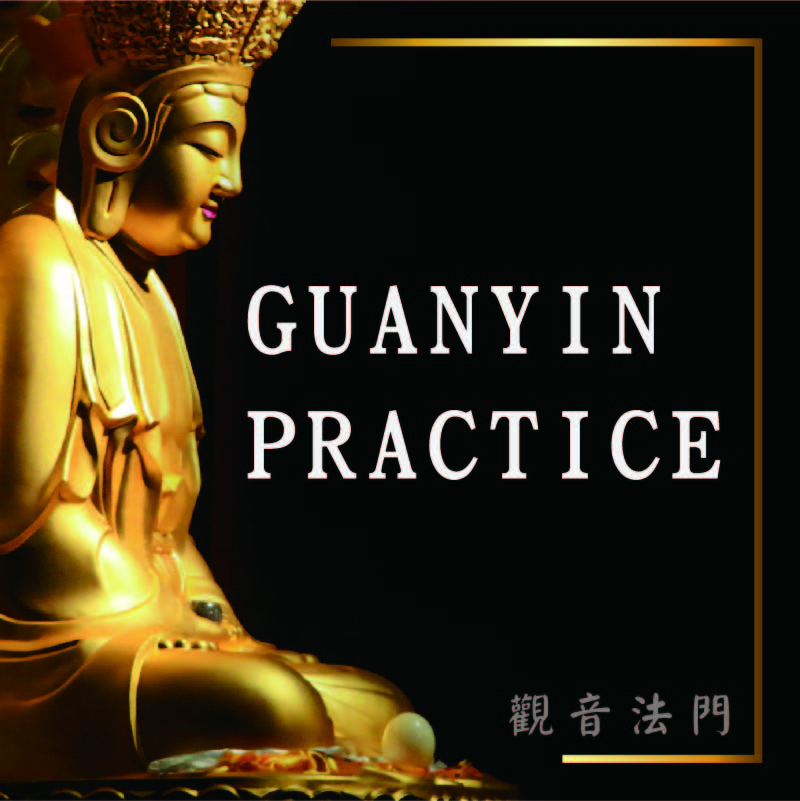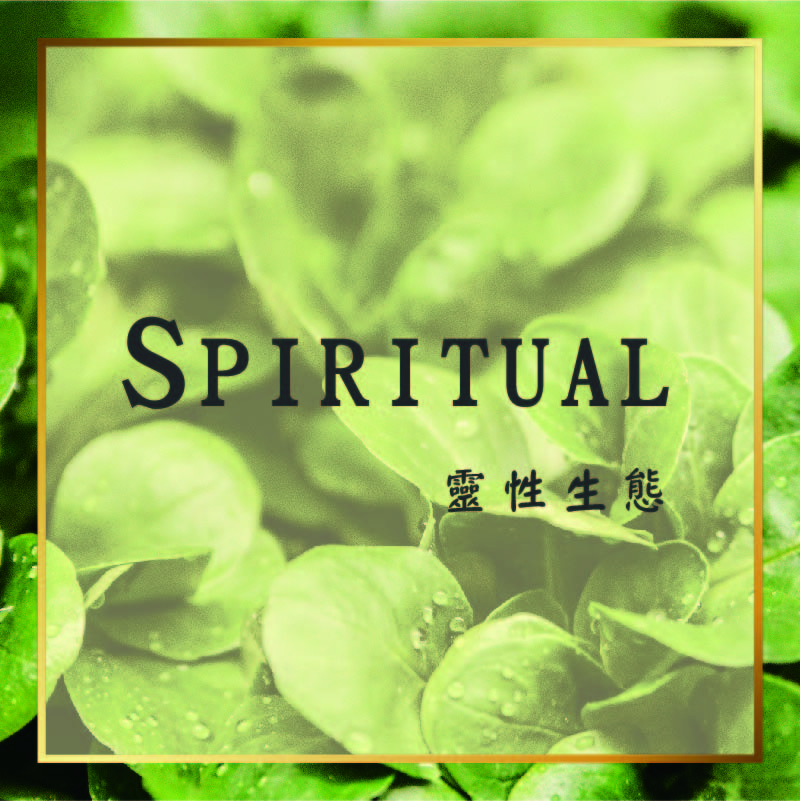
Avatamsaka Sutra - Bodhisattva of Non-regression

The Avatamsaka Sutra explains how the Buddha attained enlightenment. It also introduces the transformation that took place upon his enlightenment. Based on the Ten Faiths, our conviction for the Three Jewels is strengthened. A direct mind is to practice accordingly with Dharma. When one does so with willingness and proper intention, it is a deepening mind. Then, the mind can return to the state of unarising and unceasing. When our mind stops wandering, we are home. The Buddha showed us the journey of enlightenment. Buddha’s attainment is a great encouragement to us. Throughout the course, the Buddha has been “giving” incessantly. “Giving” encompasses joy and equanimity. From faith, one develops Brahmavihara. By practicing and abiding in Brahmavihara, one develops a habitual behavior. This can further be divided into “intention” and “dedication (sharing)”. Eventually, one will attain the ten bhumis at one point.
 The ten bhumis are the progression of a practitioner on the path of enlightenment. One’s aspiration continues to reaffirm along the path. Let’s begin with feeling joyful. When one is enthusiastic about learning and practicing Dharma, a sense of stability unfolds. This kind of stability expands to the point where no thoughts arise. This is the first stage, perfect joy. Next, the immaculate stage where it is stainless with the experience of purity. As we take on the refuge vow, the five precepts of the laity, the eight vows of sojong, the bodhisattva vow, etc. By upholding these precepts to short-term monastic experience, one’s awareness would be adjusted in the right direction.
The ten bhumis are the progression of a practitioner on the path of enlightenment. One’s aspiration continues to reaffirm along the path. Let’s begin with feeling joyful. When one is enthusiastic about learning and practicing Dharma, a sense of stability unfolds. This kind of stability expands to the point where no thoughts arise. This is the first stage, perfect joy. Next, the immaculate stage where it is stainless with the experience of purity. As we take on the refuge vow, the five precepts of the laity, the eight vows of sojong, the bodhisattva vow, etc. By upholding these precepts to short-term monastic experience, one’s awareness would be adjusted in the right direction.
The third stage is luminous. From ethical disciplines to meditative stability, the light of wisdom will come forth. The fourth is the radiant stage with pristine awareness and perception. Insight and awareness are extremely sharp and sensitive at this point. As well, one can generate immense qualities from small to great. The fifth stage is the Hard to Keep. It is like a practitioner who is trying to climb over the Himalaya. Although one is walking on a path that is hard to conquer, one must aspire to breakthrough. On this stage of Hard to Keep, one’s awareness is strengthened. Cyclic existence no longer exists. One gets a glimpse of suchness quite frequently.
The sixth stage is clearly manifest. Dharma never separates from us for a moment. Dharma is present at all times. Every thought stays with Dharma. As soon as we’ve forgotten about Dharma, we’re turned into indolence and the three poisons (greed, aversion, and ignorance). Without the awareness of the luminous stage, it is difficult to attain the stage of Hard to Keep. We need to stabilize ourselves at the stage of Hard to Keep. Let our minds abide in Dharma. Never be separated from Dharma, not even for a moment. As we progress to the clearly manifest stage, “one taste” is realized.

The ten bhumis are to affirm our intention for the enlightenment. Let’s affirm our awareness so to never regress. At one point, one would realize the pervasive awareness. When we’ve uncovered our primordial awareness, it is the dedication of suchness, the state of Dharmadhatu.













